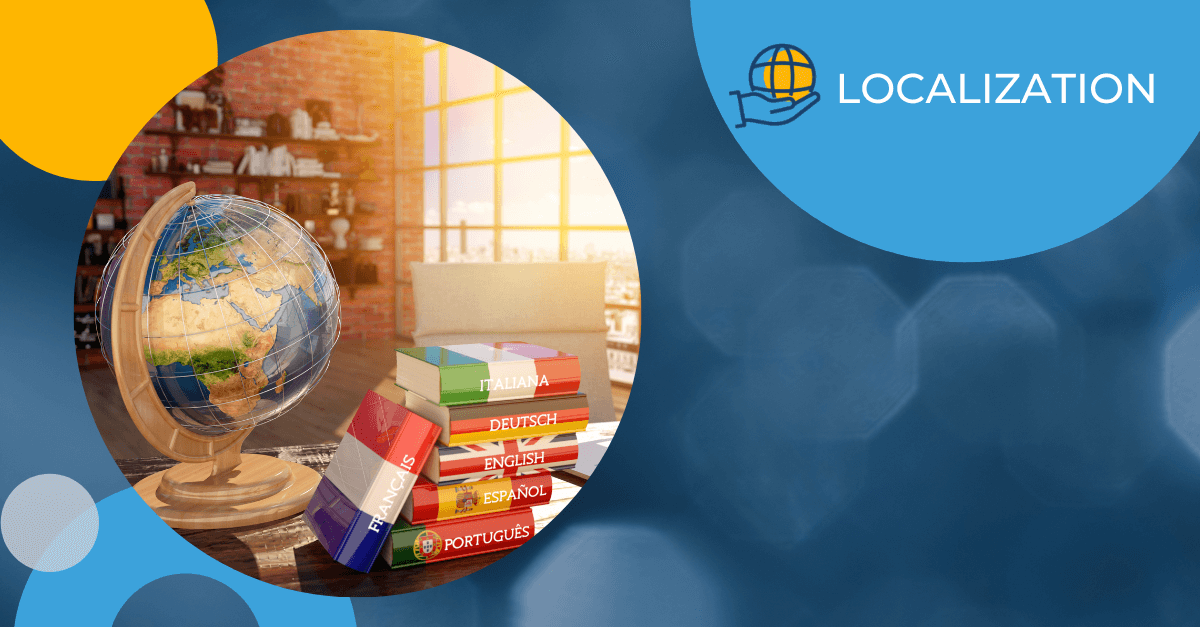In the world of the Internet of Things (IoT), products are interconnected, exchanging data about our habits and needs, and have the ability to manage many of the things we now do ourselves. It’s easy to invent examples: Lawn-maintenance systems that track weather data, refrigerators that tell you what food you need to buy, exercise trackers connected to emergency rooms (just in case), intelligent car dashboards, and so on. With nearly $6 trillion invested in infrastructure over the next five years alone, IoT devices are expected to become ubiquitous in virtually every connected location around the world.
IoT industries
IoT already exists to some extent in a manufacturing context — sometimes called the Industrial Internet of Things, or “IIoT” — where sensors automatically track, optimize and automate the performance of connected hardware. Utility companies are in another industry that looks forward to utilizing smart technology. Electrical grids, for example, could be programmed to precisely match power output to momentary needs. In fact, some companies are already leveraging that kind of technology with smart electric metering.
Localizing user interfaces
While much of the information that passes between IoT devices will be computer code, many devices will nonetheless require user interfaces (UIs) — screens — with which customers interact. This leaves some critical areas that need to be translated and localized for each market in which an IoT device is sold, such as:
- Icon labels
- Packaging directions
- Product information
- On-device Help systems.
Software development and release in the IoT is constant
While new software for desktop computers may be released along an extended product-refresh cycle — with localizations only being required for each release — the programs in IoT devices are likely to be constantly updated. Manufacturers operate in an “agile” environment, where product improvements are made incrementally on a continual basis. No user intervention or indeed, even awareness, is required. If a bug is found, the manufacturer can patch it and push it out to networked devices immediately. Likewise, new functionality can be rolled out as soon as it’s ready. And of course, each time an update changes text that the user sees on a device, that new text should be localized for all of the company’s customers.
How to stay up-to-date
Keeping a product’s UI current in all of one’s markets with a never-ending, continual release schedule presents a new challenge. Here are two solutions you can employ:
- Think smaller, continual localization projects – For language service providers, adapting to agile product development requires an unusually close working relationship with the vendor. The two need to remain in constant contact, with regular, frequent meetings to ensure that localization stays current with software development. The amount of text to be localized at any given moment is likely to be limited, although of course multiplied by the number of languages in which it’s needed. For an LSP like Morningside with ample local language experts on call, turnaround times can be extremely short without any loss of quality.
- Machine translation – In cases where budgetary constraints are an issue and standards allow, machine translation (MT) is another way to turn around IoT text updates quickly.
Connecting the IoT
It’s estimated that there will be some 50 billion connected IoT devices in operation by 2020. They’ll be all over the world with interfaces that speak hundreds of languages. Continually evolving and updated remotely, these ubiquitous devices pose a massive challenge for their vendors, and the need for first-rate localization services will never be greater.


